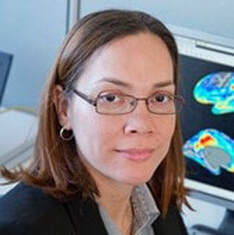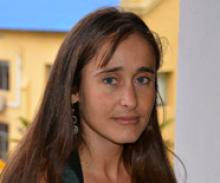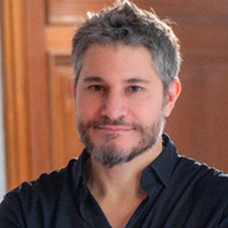|
Latin America (LATAM) is a region formed by countries and territories united by romance languages and a similarly complicated history of colonization by Spain, Portugal and France. LATAM spans from Mexico in North America to Central and South America, as well as countries in the Caribbean like Cuba. Most countries in LATAM are considered as developing: their academic and research funding is usually lower than developed countries, and 3 Tesla MRI scanners are usually found in hospitals and shared by researchers and clinicians, a situation that is always challenging. Some countries even have only a single 3T MRI scanner. That said, there have been great efforts by neuroimaging groups in the last 20 years to develop research and education. Researchers in LATAM who studied neuroimaging in the US, Canada or Europe, came back and have been training new students and developing their own research, usually building MRI labs from scratch. Now, there is a new generation of LATAM trained researchers pushing the field forward. Here, we consider how researchers from these countries have grown and developed neuroimaging research in the region. LATAM has always been a melting pot for ethnicities and cultures, and it is now an important region for scientific endeavour due to its unique demographic, linguistic, genetic and cultural diversity. This means that not only large-scale neuroimaging projects are in the works, but also unique studies and study samples, from domains such as psychology, anthropology, the arts and health. Notably, LATAM researchers are known for excellent international collaborations. With this in mind, I would like to provide an overview of some of the neuroimaging projects and researchers in LATAM by country, with the hope of future scientific collaboration between these and other countries. This is not a comprehensive list, and this work was possible thanks to those researchers who responded to my emails and Twitter announcement. MEXICO
COLOMBIA
URUGUAY
Our main goal is to investigate the decision-making and neural substrates associated with mental health disorders, such as depression and social anxiety. In the last few years, we have specially focused on the neural mechanisms underlying social difficulties in these populations. This is relevant as depression and social anxiety have a profound impact on social functioning. In the last few years, the need for studying social interactions across mental disorders using experimental tasks that actively recreate interactions and immerse the participant in a social context has been emphasized. In our group, we use multiplayer tasks from behavioural economics, as well as tasks designed in our group, to recreate social scenarios that allow studying brain activation during active social exchanges. One of our current projects examines the neural basis of social comparison processes in depression and social anxiety.” BRAZIL
Main lines of research include neurovascular metabolic coupling (TMS, EEG, fMRI, NIRS, ASL, fMRS), structural and functional connectivity in brain normal aging (DTI, fMRI, EEG, ASL, TMS), quantitative magnetic resonance imaging techniques (relaxometry, magnetization transfer, diffusion, MRS, fMRI) to characterize central nervous system diseases (epilepsy, Alzheimer's disease, stroke, multiple sclerosis, Parkinson's disease) and assess paramagnetic ion content in the human brain, and neurofeedback.” CHILE The Latin American Brain Health Institute (BrainLat) aims to empower innovative brain health research leaders across Latin America, in full integration with leading centers worldwide. BrainLat seeks to transcend disciplinary boundaries, forge groundbreaking investigations, and reduce the regional impact of dementia. This mission benefits from a partnership with the Global Brain Health Institute (GBHI) at the University of California, San Francisco (UCSF) and Trinity College Dublin (TCD).
ReDLat will develop an innovative, harmonized, and cross-regional approach on two of their most prevalent neurodegenerative disorders: Alzheimer’s disease (AD) and frontotemporal dementia (FTD). This project is also led by directors Jennifer Yokoyama, Kate Possin, Kenneth Kosik, Victor Valcour, and Bruce Miller, with support from NIH/NIA, Alzheimer’s Association, Tau Consortium and GBHI”. Other projects from Agustín include the use of high density EEG and deep learning to find multi-feature biomarkers in dementia. ARGENTINA
Our work showed that when adapting to conflicting perturbations, impairments in performance are driven by two distinct mechanisms: a long-lasting bias that hinders initial performance, and a short-lasting anterograde interference that originates from a reduction in error-sensitivity. ” Valeria and her team just received the Susanne Klein-Vogelbach Prize in ‘Research on Human Movement’ for her work. The summary above illustrates the depth and breadth of neuroimaging research in LATAM. This is, of course, not a complete overview and there is plenty of work going on in LATAM that was not exhibited here. We hope that this gives other researchers an idea of the type of neuroimaging research being developed and conducted in this vast region of the world.
0 Comments
Your comment will be posted after it is approved.
Leave a Reply. |
BLOG HOME
Archives
January 2024
|














 RSS Feed
RSS Feed